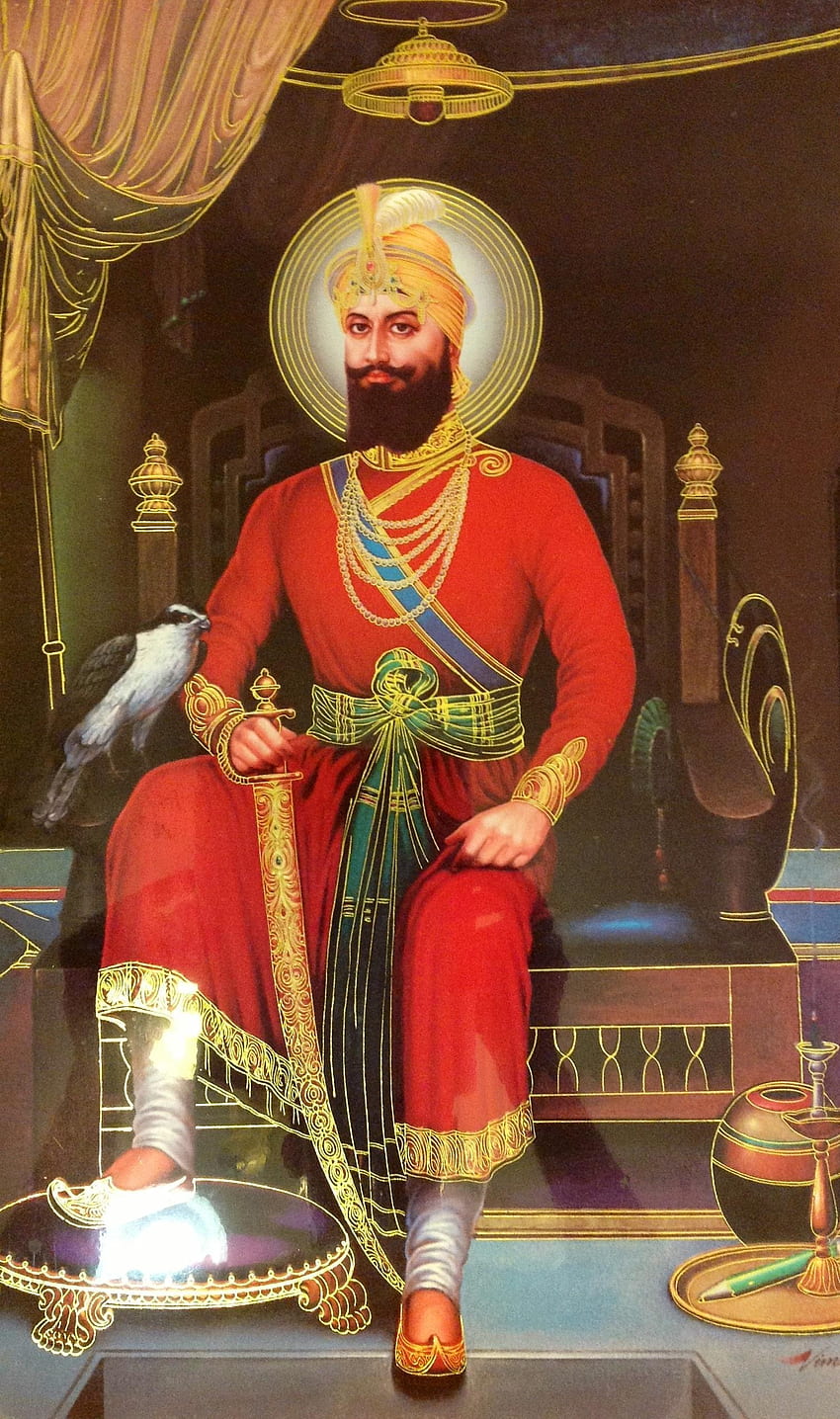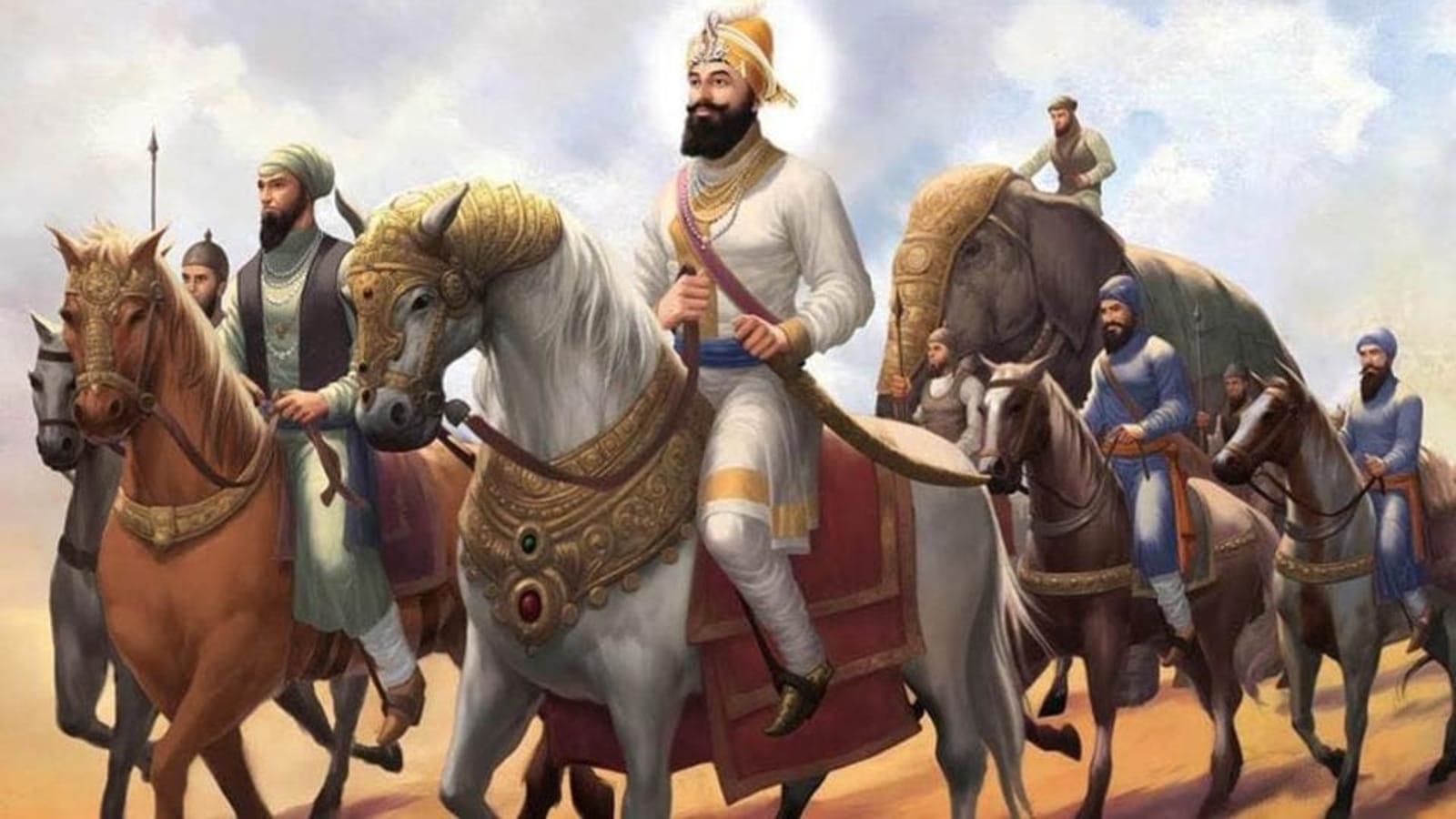Veer Bal Diwas is observed on 26 December 2023 in honor of the sons of Sikh Guru, Guru Gobind Singh, who were the most revered martyrs in Sikhism. Zorawar Singh and Fateh Singh, the youngest of Guru Gobind Singh’s four sons, were raised by their grandmother after losing their mother at an early age. Veer Bal Diwas serves as an example of the young children’s excellent patriotism and aims to enlighten and educate the populace, particularly the younger ones, about the heroic bravery of the “sahibzades,” the offspring of the last Sikh guru Gobind Singh, who gave their lives in service of their nation and faith. The purpose of this day’s commemoration is to enlighten and educate the populace about the heroic bravery of the “sahibzades.”

He is renowned for making important contributions to the Sikh faith, such as inventing the turban, a hair covering. Additionally, he established the Khalsa or Five “Ks” principles. The Five K’s are kirpan (dagger), kachera (short breeches), kesh (uncut hair), kanga (wooden comb), and kara (iron or steel bracelet). A Khalsa was required to wear these five articles of faith at all times. Along with these and many other guidelines, he forbade the Khalsa fighters from using alcohol, tobacco, or halal meat. The Khalsa warrior had an obligation to shield the defenseless from harm. He designated the Khalsa and Sikh sacred scripture, the Guru Granth Sahib, as the future Guru for the two groups.
Let’s learn about Guru Gobind Singh’s origins
Guru Gobind Singh, born Gobind Das in 1666, was the tenth and last human Sikh Guru. He was a warrior, poet, and philosopher. In 1675, Guru Tegh Bahadur was executed by Emperor Aurangzeb, and at the age of nine, he was formally installed as the leader of the Sikhs.

Guru Gobind Singh, a prominent Sikh leader, founded the Khalsa warrior community in 1699 and introduced the Five Ks, the five articles of faith. He is credited with the Dasam Granth, a sacred hymn in Sikh prayers and rituals, finalizing and enshrining the Guru Granth Sahib as Sikhism’s primary holy religious scripture. His four biological sons died during his lifetime, including two executed by Mughal governor Wazir Khan.
The significance of Veer Bal Diwas in 2023
In memory of the “Sahibzadas,” the four sons of Guru Gobind Singh Ji, Veer Bal Diwas is celebrated. Every year on December 26, the Indian government has declared that Veer Bal Diwas would be observed. This day honors the Sahibzadas Zorawar Singh and Fateh Singh’s martyrdom day. Fateh Singh and Sahibzada Zorawar Singh were killed by Mughal forces under Aurangzeb’s order, both being nine years old.

So basically, The Khalsa was founded by Guru Gobind Singh Ji to defend spiritually oppressed communities, and this was seen as a direct challenge to the Mughal Empire. During the 17th century, the Mughals made valiant attempts but were unable to drive the Sikhs from Anandpur Sahib. The Mughals imposed a severe siege on the town as a final option. The supplies had been cut off, making it difficult for Anandpur Sahib to survive. Both the Mughals’ pledge to refrain from attacking the populace and the Guru’s pledge to cede the fort.
Goals achieved by Guru Gobind Singh
Guru Gobind Singh, a prominent Sikh leader, created the Khalsa in 1699. He gathered Sikhs for a sacrificial ceremony, where he asked if any would sacrifice themselves for the faith. After five men volunteered, the Guru appeared with his blood-dripping sword, calling for more. The men reappeared, either miraculously restored to life or slaughtered with amrit. The five beloved, known as panic-para, formed the Khalsa, symbolizing the faith and devotion of the Sikh community.
However, Guru Gobind Singh, a prominent figure in the Sikh movement, was a guiding figure in the Khalsa, a reconstituted Sikh army. He led the Sikhs against the Mughals and hill tribes, sacrificing their lives for religious and political freedom. Despite facing numerous battles, including the loss of his sons, wife, mother, and father, and being killed by a Pashtun tribesman, Gobind Singh proclaimed himself the last personal Guru and proclaimed himself the last of the personal Gurus. The Sikh Guru, the Adi Granth, is considered the holy book, embodying the ideal of chivalry and the Sikh soldier-saint.
Inspiration from Guru Gobind Singh
On December 22, 1666, in Patna, Bihar, Gobind Rai was born to Mother Mata Gujri and Father Guru Tegh Bahadur. The sole child of Tegh Bahadur Ji, Guru Tegh, Even though he was in Dacca at the time, he kept moving east, stopping at Dhubri, Assam, and other Assamese and Bengali locations before making his way back to Patna. Guru Ji was so dedicated to his cause and goal that not even such a momentous occasion caused him to alter his original intentions. At last, Gobind Rai was first seen by Guru Tegh Bahadur Ji when he was around 4 years old.
After defeating the defeated Hill Chiefs, returned to Anandpur after taking care of the wounded and disposing of dead bodies. Rani of Bilaspur requested Guru Ji to stay as her state guest, and after four years, Hola Mohalla was celebrated instead of Holi.
The celebrations became a weeklong event, showcasing mastery over weapons and mock war games to instill fighting skills and bravery in the Sikhs. However, the significance of these celebrations waned, and they now last three days. In 1690, the battle of Nadaun took place, where the joint forces of Guru Ji and Raja repulsed the attack. Dilawar Khan then assigned Hussain Khan to exact revenge, and Raja Ajmer Chand, who succeeded Raja Bhim Chand, agreed to pay the demanded tribute and joined him in a joint expedition against Guru Ji for tributes.











